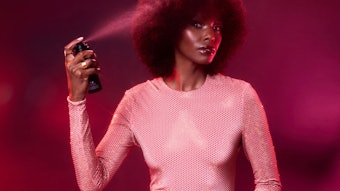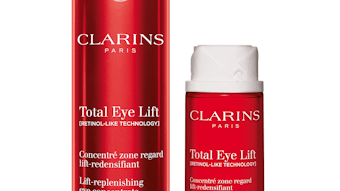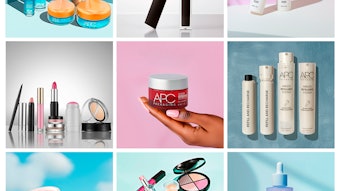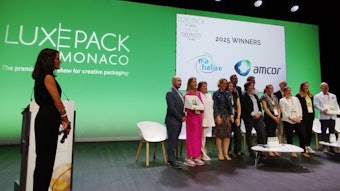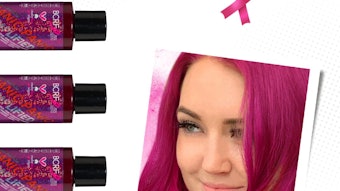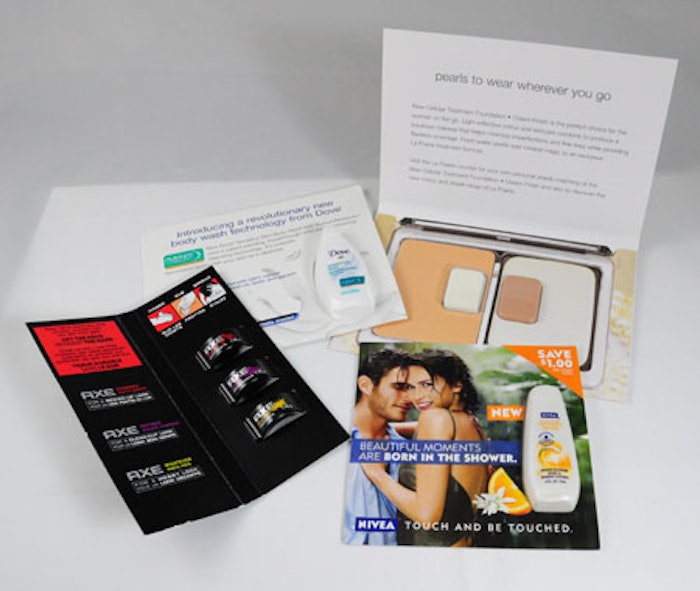
- The goal in sample packaging is to create an association between the actual product on the shelf and the sample itself.
- If it is not possible to implement a physically mimicked version of the main package, a good alternative is a “sachet-on-card” format.
- To get noticed in sampling, the packaging system itself can deliver a strong message if it is innovative, unique or has additional benefits such as sustainability.
- Promotional samplers allow for a long-lasting experience with the product, and also create a permanent takeaway that is a daily reminder of the brand name.
In the world of branding, packaging can be one of the most important touch points a consumer interacts with before making a purchase. For lesser-known or start-up companies, packaging is often the first brand touch point a consumer interacts with and can be one of the only opportunities to make an impact. Even for well-known brands, the tactility of a package—along with the brand story and message—can often influence a purchase decision. In sample packaging, this idea is taken to the extreme. With sampling, consumers are often new to the product or brand. Since the user may be receiving the sample at a public forum such as a trade show where it is competing with many other brands, creating a strong brand message is even more critical.
The ultimate goal in sample packaging is to create an association between the actual product on the shelf and with the sample itself. One of the most effective and direct ways to do this is for the sample to physically mimic the actual package as closely as possible—not just in the design, but in the shape of the sample component. “The mimicked bottle blister is incredibly hot right now,” says Tom Martin, vice president of sales and marketing for Klocke of America, producer of the Dove, Nivea and Axe sample packages—all of which utilize the mimicked packaging concept. In addition to the sample component being delivered in a package the exact same shape and design as its larger counterpart, Dove and Nivea sample pieces come packed with a thermo-form blister pack into a card that delivers the brand message and product benefits. The Axe Paste sample comes in a folding booklet, which allows for a more traditional brochure format and a surprise “reveal” of the sample product inside. To fully connect the mimicked bottle to the actual one, many of these sample packages include photographs of the actual-sized package—as well as current advertising copy and imagery to immediately create recognition and a comprehensive brand experience.
If it is not possible to implement a physically mimicked version of the main package due to logistics or cost, a good alternative to create brand impact is a “sachet-on-card” format. “This allows for more billboard area on the card,” says Martin. “Our customers like the versatility, as the sachets can also stand alone.” NARS and Shiseido both utilize this sample format and create brand impact with bold advertising photography and copy on the cover, and product descriptions and benefits inside. The sachet itself can be made into custom shapes or accommodate dual products that can be dispensed together, creating flexibility with brand impact as well as usability. Even with the more common sachet or blister format, association between the sample and the actual product can be created through the use of clever visual juxtapositions. For example, Klocke of America’s sample for La Prairie Cellular Treatment Foundation has a mini thermo-blister form foundation sponge and product sample attached to a photograph of the actual open compact, creating an interesting and direct visual connection to the actual product.
Addressing Product Idiosyncrasy
The combination of advertising and sampling has also recently found its way in traditional print advertising. The concept of sampling within a magazine ad has been utilized in the fragrance category for decades, but this trend has recently been utilized in the cosmetics category as well. In general, color cosmetics are difficult to sample because there is so much variety in shades available depending on skin tone and personal preference. To address this problem, Maybelline is sampling each one of its available shades with a BeautiTouch Sampling System peel pouch attached to the brand’s early 2010 ads for Instant Age Rewind foundation. In this example, consumers receive a strong brand impact from the print ad itself, and then can immediately experience the product with convenience.
To get noticed in sampling, the packaging system itself can deliver a strong message if it is innovative, unique or has additional benefits such as sustainability. The single dose Snap!, manufactured by Tapemark, is one example of a unique delivery system that has become popular in the last year. This type of sample packaging delivers a single dose of a cream, gel, ointment or lotion that can be opened with one hand. “Accurate dosing is critical,” says Julie Karlson, marketing manager, Tapemark. “Ninety-five percent of the product is dispensed using Snap!, which can be very important in prescription products. The Snapplicator adds an applicator so the user doesn’t need to handle the solution inside.” For multi-doses, a collapsible sample pack with a tear spout is also a nice choice, and it can be customized with graphics to mimic the actual packaging and create brand association and impact.
Mrs. Meyer’s—which, in addition to household cleaners, markets baby care products—has a new sample package that utilizes a Xela Pack, which is an environmentally conscious option to plastic bottles and tubes that can also be self-sealed with a pinch of the applicator. “Xela Pack uses 92% less plastic than the same-sized plastic tube. It’s 100% collapsible, customizable in shape, and can be made with FSC-certified and 100% postconsumer waste papers,” says Anthony Gentile, director of art and marketing, Xela Pack. The company itself is also Green e-Certified for its environmentally conscious practices.
Promotional
There is a relatively new sampling trend taking place with promotional samplers. These samples are often less traditional in their delivery systems, and create opportunities for brand awareness beyond the single-use concept. Promotional samplers are seen mostly in the fragrance category, with Klocke of America in partnership with Castelberg among the innovation leaders in this area. Their DKNY Men fragrance sample is done through creating a compound of essential oil and elastomer to create collar stays for men’s dress shirts that can last up to eight months. Klocke/Castelberg also manufactures a scented key chain for CK Free for Men and a scented mobile jewel for Diesel. Not only do these promotional samplers allow for a long-lasting experience with the product, but they also create a permanent takeaway that is a daily reminder of the brand name.
No matter what method of sampling is used, the most important factor in selecting a package should be whether or not a sample design and delivery system is appropriate to the brand—and the budget. If done cleverly, brand impact can be made utilizing the simplest of delivery systems—the most expensive or innovative systems may not necessarily yield the most impact. As long as the sample is an authentic representation of the product, the consumer will be able to identify with and make a memorable connection to the brand behind it.
Aniko Hill is the founder and creative director of The Kitchen Collaborative, a boutique branding agency that works to create premium lifestyle brands. She has worked on branding projects for Boeing, Disney, Master Foods, Sony, Ketel One Vodka and Red Bull, and has taught advanced courses on branding and packaging design at The Art Institute of California. In 2008, Graphic Design USA recognized Hill as one of its People to Watch.
